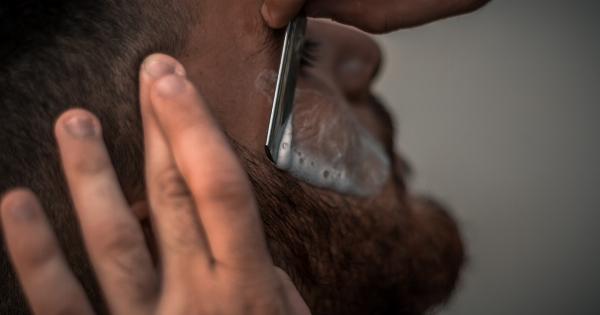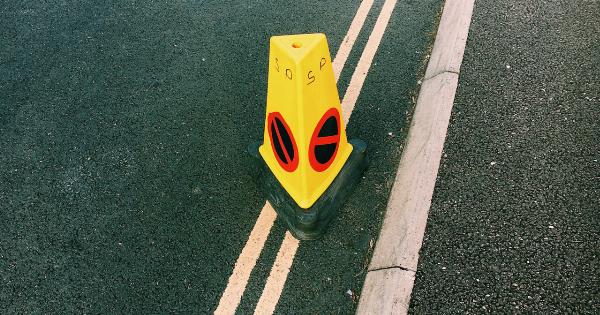While both cats and dogs make wonderful companions, they can sometimes get carried away during playtime and end up biting their owners or strangers.
Being bitten by a cat or dog can be a painful experience, but with quick action, it is possible to alleviate the pain and prevent infection.
Step 1: Wash the Wound with Soap and Water
The first and most important step in treating a dog or cat bite is cleaning the wound thoroughly with soap and water. This will help remove any debris or bacteria from the wound, preventing the infection from spreading.
After washing the wound, pat it dry with a clean cloth or gauze.
Step 2: Apply Pressure to Stop the Bleeding
If the wound is bleeding heavily, apply pressure to the wound with a clean cloth or bandage. This will help stop the bleeding and allow you to clean the wound more effectively.
If the wound continues to bleed heavily after several minutes of applying pressure, seek medical attention immediately.
Step 3: Apply an Antibiotic Ointment
After cleaning and drying the wound, apply a topical antibiotic ointment such as Neosporin or Polysporin. This will help prevent infection and promote healing. Apply a thin layer of the ointment to the wound and cover with a clean bandage.
Step 4: Take Over-the-Counter Pain Relief Medication
Dog and cat bites can be quite painful. Over-the-counter pain relief medication such as ibuprofen or acetaminophen can help alleviate the pain. Follow the recommended dosage instructions on the package and do not take more than the recommended amount.
Step 5: Watch for Signs of Infection
Even with proper cleaning and treatment, there is still a risk of infection after a dog or cat bite. Watch for signs of infection such as redness, swelling, warmth, and pus or discharge from the wound.
If you notice any of these symptoms, seek medical attention immediately.
Step 6: Consider Getting a Tetanus Shot
If you have not received a tetanus shot in the last five to ten years, you may want to consider getting one after a dog or cat bite.
Tetanus is a serious bacterial infection that can lead to muscle stiffness and spasms, and can even be fatal in some cases. Talk to your doctor about whether a tetanus shot is necessary in your situation.
Step 7: Seek Medical Attention for Serious Bites
If the bite is deep, has torn skin, or is bleeding excessively, seek medical attention immediately. In some cases, stitches or other medical treatment may be necessary to prevent infection and promote healing.
In addition, if the animal that bit you was a stray or has not been vaccinated, seek medical attention as soon as possible.
Conclusion
While being bitten by a cat or dog can be a painful and scary experience, it is important to take quick action to prevent infection and promote healing. By following these steps, you can alleviate pain and reduce your risk of infection after a bite.




























